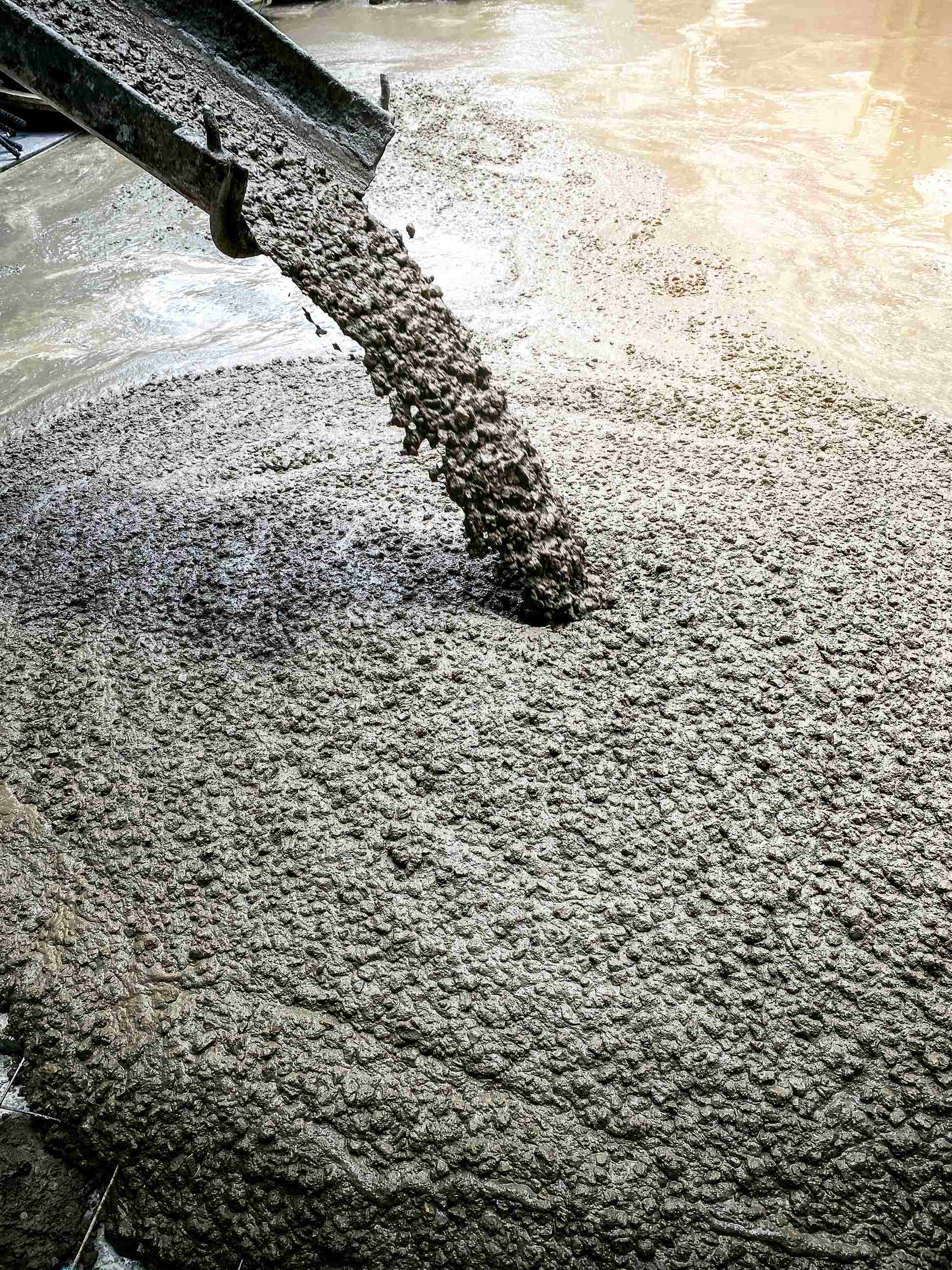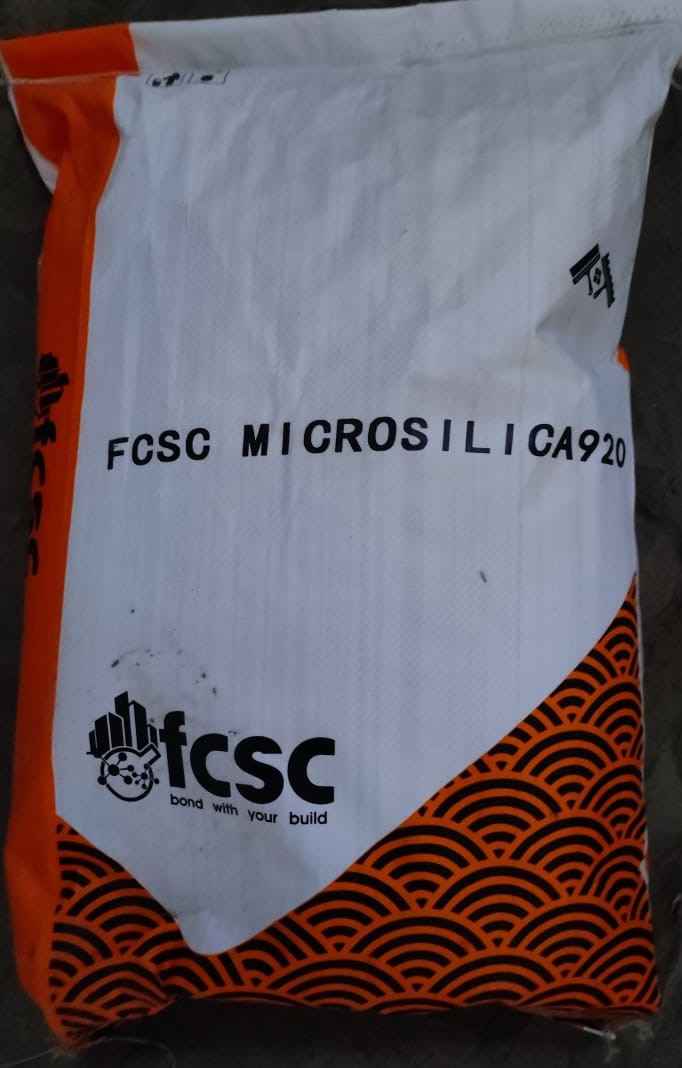Effect of Silica Fumes on Fresh & Hardened Concrete
Silica fume, a byproduct of silicon and ferrosilicon production, has gained recognition as one of the most effective supplementary cementitious materials (SCMs) for enhancing concrete properties. Its ultrafine particles and high silica content offer remarkable benefits, transforming concrete into a stronger, more durable, and high-performance material. This blog delves into how silica fumes affect both fresh and hardened concrete, making it a preferred choice in modern construction.

What is Silica Fume?
Silica fume is a highly reactive pozzolanic material composed of amorphous silicon dioxide. It is collected from the exhaust gases of silicon alloy furnaces, making it a sustainable addition to concrete. When added to concrete, silica fumes react with calcium hydroxide, forming additional calcium silicate hydrate (C-S-H), the compound responsible for the strength and durability of concrete.
Effect on Fresh Concrete
- Reduced Workability: One of the most noticeable effects of silica fume on fresh concrete is reduced workability. Its ultrafine particles increase the surface area, requiring more water to achieve the desired consistency. To counteract this, superplasticizers or water-reducing admixtures are typically used to maintain workability without compromising the water-cement ratio.
- Improved Cohesion: Silica fume enhances the cohesion of the concrete mix. This makes it particularly useful for applications like shotcrete and underwater concreting, where segregation and bleeding need to be minimized.
- Reduced Bleeding: Bleeding, the upward migration of water in fresh concrete, is significantly reduced with the inclusion of silica fume. The material's fineness fills the voids between larger cement particles, leading to a denser mix and minimizing water movement.
- Accelerated Setting Time: The high pozzolanic reactivity of silica fumes can accelerate the setting time of concrete, especially in hot weather conditions. This requires careful mix design and timing to avoid challenges during placement and finishing.
Effect on Hardened Concrete
- Increased Compressive Strength Silica fume enhances the compressive strength of concrete by refining the microstructure and increasing the density of the cement matrix. The additional C-S-H formed during the pozzolanic reaction fills voids, reducing porosity and significantly boosting strength.
- Improved Durability Concrete containing silica fume exhibits superior resistance to environmental factors such as chloride penetration, sulfate attack, and freeze-thaw cycles. Its densifying effect reduces the permeability of concrete, making it less susceptible to water ingress and chemical attacks.
- Enhanced Abrasion and Wear Resistance The high-strength matrix created by silica fumes improves the abrasion resistance of concrete, making it suitable for industrial flooring, pavements, and other high-traffic areas.
- Reduced Alkali-Silica Reaction (ASR) Silica fume mitigates alkali-silica reaction, a detrimental process that causes cracking and expansion in concrete. By consuming free alkalis through pozzolanic reactions, silica fume minimizes the potential for ASR.
- Higher Modulus of Elasticity Silica fume increases the modulus of elasticity of concrete, enhancing its ability to withstand deformations under load. This property is crucial for structures like bridges and high-rise buildings that experience significant dynamic and static loads.
- Better Fire Resistance While silica fumes increase density and strength, it can reduce the fire resistance of concrete slightly due to the risk of spalling. To counter this, fibers such as polypropylene are often added to create pathways for vapor release, preventing explosive spalling.

Applications of Silica Fume in Concrete
Silica fume-modified concrete is widely used in:
- High-Strength Concrete: Ideal for columns, beams, and foundations in skyscrapers and heavy infrastructure.
- Marine Structures: Enhanced durability against chloride penetration makes it suitable for piers, docks, and offshore platforms.
- Industrial Floors: High abrasion and wear resistance make it a preferred choice for factories and warehouses.
- Bridges: Improved compressive strength and durability enhance the performance of bridge decks and piers.
- Shotcrete: Its cohesive properties make it ideal for tunneling, slope stabilization, and repair work.
Challenges of Using Silica Fume
Silica fume offers numerous benefits, its use also comes with challenges:
- Cost: Silica fume is more expensive than traditional cementitious materials, increasing overall project costs.
- Handling: The ultrafine particles of silica fume can create dust and require careful handling during mixing.
- Workability: The reduced workability of silica fume concrete demands the use of superplasticizers, adding complexity to mix design.
Role of Ready-Mix Concrete in Silica Fume Integration
Ready-mix concrete suppliers like Firstchoice Readymix play a vital role in integrating silica fumes effectively. By offering customized concrete mixes tailored to project requirements, they ensure optimal proportions of silica fume, admixtures, and other components. This eliminates guesswork on-site and guarantees consistent quality.
Conclusion Silica fume has revolutionized concrete technology by enhancing both fresh and hardened properties. Its ability to increase strength, durability, and resistance to environmental factors makes it an indispensable ingredient in high-performance concrete. However, its use requires expertise in mix design and placement to fully realize its benefits.For projects that demand superior concrete performance, Firstchoice Readymix offers expert solutions with silica fume-integrated ready-mix concrete. Whether it’s for high-rise buildings, industrial applications, or marine structures, we deliver concrete that stands the test of time.